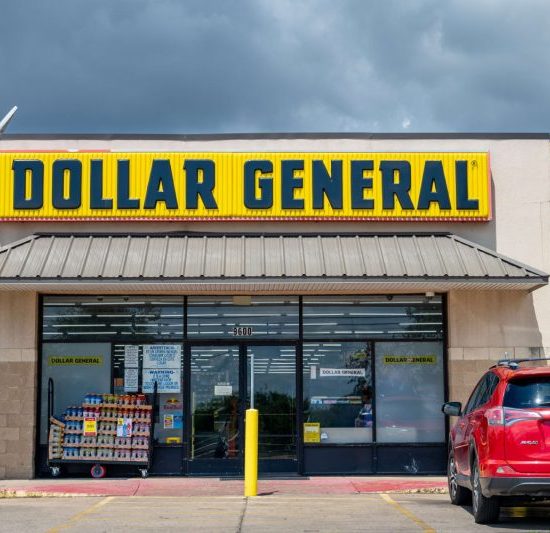U.S. airlines, in a quest to bounce back from the devastating impact of the Covid-19 pandemic, embarked on a hiring spree post-Covid, adding an impressive 194,000 employees to their workforce. Now, however, the pace seems to have cooled down a bit, leading to a range of speculations and insights into this interesting development in the American airline industry.
In understanding this cooling down of hiring activities among U.S. airlines, it’s key to view the scenario within the backdrop of the pandemic’s effect on this sector. The airline industry was one of the hardest-hit sectors during the coronavirus crisis with global travel restrictions leading to grounded planes and massive job cuts. A steadily rising Covid-19 vaccine rollout across the globe, however, breathed new life into the flailing sector, especially within the United States. Consequently, U.S. airlines capitalized on this improving situation and committed to a robust hiring spree to revive operations, resulting in the addition of 194,000 employees.
This hiring spree was largely attributed to the forecasted rebound in air travel and was a testament to U.S. airlines’ unprecedented resilience and ambition to consolidate their competitive standing in a post-pandemic world. Airlines like Delta, United, American Airlines, and Southwest ramped up efforts to expand their workforce and resume full operations in a bid to capitalize on the projected uptick in the demand for air travel. Capacity increases, network expansion, and the reinstatement of several suspended routes were factors that accentuated the hiring process.
Fast forward to the present day, the job listings and hiring activities among these carriers have witnessed a noticeable slowdown. One plausible explanation for this lies in the establishment of substantial bench strength by these airlines in response to the anticipated air travel demand. Now with a revived and enlarged workforce, U.S. airlines are comfortably positioned to cater to fields of operation that once lay dormant during the height of the pandemic.
Another contributing factor to this cooling off could be the journey towards operational efficiency. Post the hiring spree, U.S. airlines have enough personnel to function efficiently and effectively. Therefore, the focus has likely shifted from aggressive hiring to consolidation, training, and ensuring that the flight operations are conducted smoothly and proficiently.
Additionally, the hiring trends in the aviation industry tend to ebb and flow with seasonality in passenger demand. With the holiday season approaching soon, U.S. airlines might have stepped back to evaluate the performance of their expanded workforce before expediting efforts once more.
However, this doesn’t mean that hiring has completely halted. It has just tempered to a more sustainable pace post the earlier bull run. There are still opportunities and vacancies to be filled, albeit at a measured pace reflecting thoughtful decision-making and planning.
In conclusion, the cooling off in the hiring spree among U.S. airlines is a natural progression illustrating a phase of strategic consolidation post a period of swift expansion. Despite the slowdown, the U.S airline industry continues to exhibit tangible signs of recovery, foreseeing brighter skies ahead. As the wheels of the global economy slowly turn towards normality, U.S. airlines will remain steadfast and emerge resilient in their trajectory towards growth, marking a promising chapter in the annals of U.S. aviation history.




